[ad_1]
All his life, Doug Blackiston has been fascinated by metamorphosis — the way that one object changes into another. “As a kid, I loved those toys that start as one thing and transform into something else,” he recalls. He was interested in nature, too. He grew up in the country and searched nearby ponds for frog eggs, which he collected in jars. “Then I watched them change from eggs to tadpoles to frogs,” he says. “You’d never guess those creatures were the same life-forms if you didn’t know.”
Now a biologist at Tufts University in Medford, Mass., Blackiston remains fascinated by how living things transform. His specific interests have changed, but only a little. He’s tried to figure out, for example, what a caterpillar remembers after it turns into a butterfly.
More recently, though, he’s focused on coaxing cells to transform in specific ways, either on their own or through human intervention. He says that cells can become building blocks for new machines and then programmed to do useful work.
For example, he was part of a group of scientists who recently assembled cells into living robots. These tiny bots are about as big as a grain of coarse sand. “If you take a poppy seed and cut it in half twice, that’s their size,” Blackiston says.
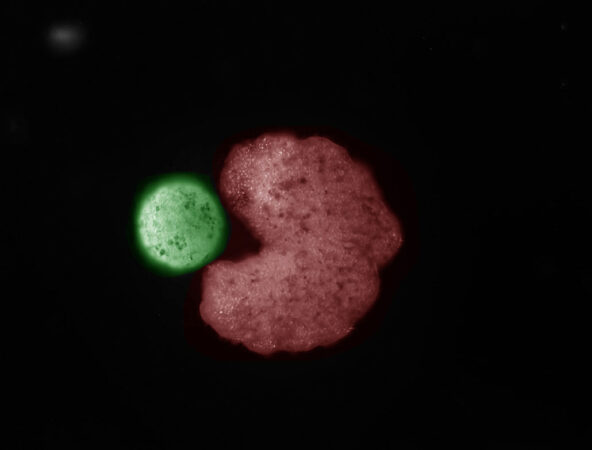
These bots can move on their own and heal themselves after small injuries. They can also complete tasks, like working together to push objects from one place to another. In late November, his team even showed that the robots can now replicate, or make copies of themselves. The robots are made from cells of the African clawed frog, or Xenopus laevis. The scientists call their creations “computer designed organisms.” Outside of the lab, though, the devices are known as xenobots (ZEE-noh-bahtz).
Blackiston is among a growing number of scientists and engineers exploring new ways to build things with cells. Some groups combine living cells with artificial components to create “biohybrid” devices. Others have used muscle or heart tissue to create machines that walk on their own. Some of the bots can design synthetic materials for testing new drugs or medicine. Still other emerging machines mimic the actions of cells — even without using living tissue.
Why build living machines?
There are many reasons to build with cells, says Mattia Gazzola. He’s a mechanical engineer at the University of Illinois Urbana-Champaign, or UIUC. One reason is to study life itself. “If you are thinking about understanding how living creatures work,” he says, it makes sense to start with cells. Another reason is to examine how drugs or other chemicals can help or harm people.
A third reason is to build devices that mimic the features of living things. Materials like concrete and metal don’t replicate or fix themselves. They don’t break down quickly in the environment, either. But cells do: They self-renew and can often heal themselves. They continue working as long as they have food to fuel them.
“Imagine you can fabricate structures that can grow or heal themselves — do all the things that we find around us from [the] biological world,” says Rashid Bashir. He’s an electrical engineer at UIUC.
These projects show how scientists can learn from systems that already work well in nature, says Ritu Raman. She’s a mechanical engineer at the Massachusetts Institute of Technology, or MIT. That’s in Cambridge. Raman points out that the human body is a “biological machine” powered by living parts. Cells already “know” how to sense their environment, work together and respond to the world around them. If scientists can harness that knowledge in biological materials, she says, then they could build artificial systems with the same traits.
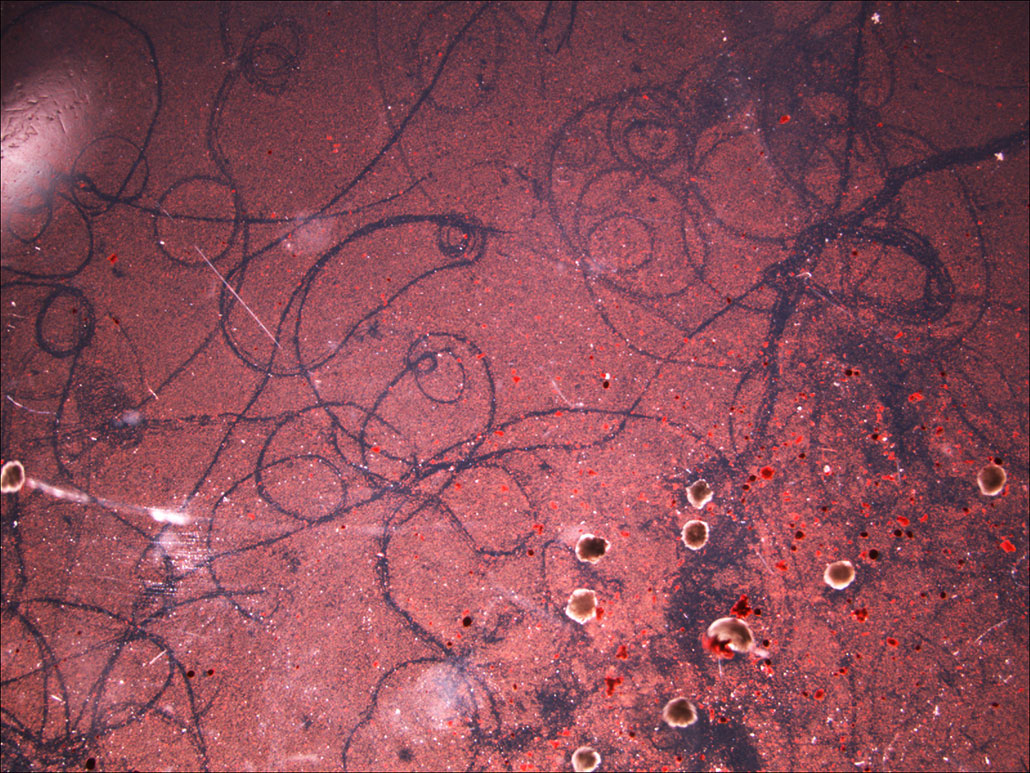
She sees many potential applications. Living robots could help scientists learn more about how the body programs cells to do their jobs. One day such robots might be able to find and clean up pollutants. They might even be used to grow replacement tissues, even organs, that could help someone who has been injured or has a particular disease.
In her lab at MIT, Raman uses living muscle tissue to build actuators. These are devices that use stored energy to make things move. “Cells are great actuators,” she says. “They’re energy efficient, and they can create motion.”
Raman grew up in a family of engineers. She says she knew from an early age “they solve problems by building devices or machines.” So when she saw how efficiently nature could build devices and machines, she got inspired. “I went from thinking about how do I build machines, to how do I build machines that have biological components?”
Designed by computer, made from frogs
For Blackiston in Illinois, building with cells seemed like a way to continue his study of transformation. His work on the xenobots began with a message he saw online. It came from a group of scientists that Blackiston had worked with before. These researchers at the University of Vermont, in Burlington, described a new way for artificial intelligence, or AI, to generate directions for making miniature robots that could perform some task. But there was a problem: These robots only existed in virtual reality, not the real world.
Blackiston saw a challenge. He sent the Vermont team a note. “I bet I can build your models out of cells,” he told them. “A real-life version.”
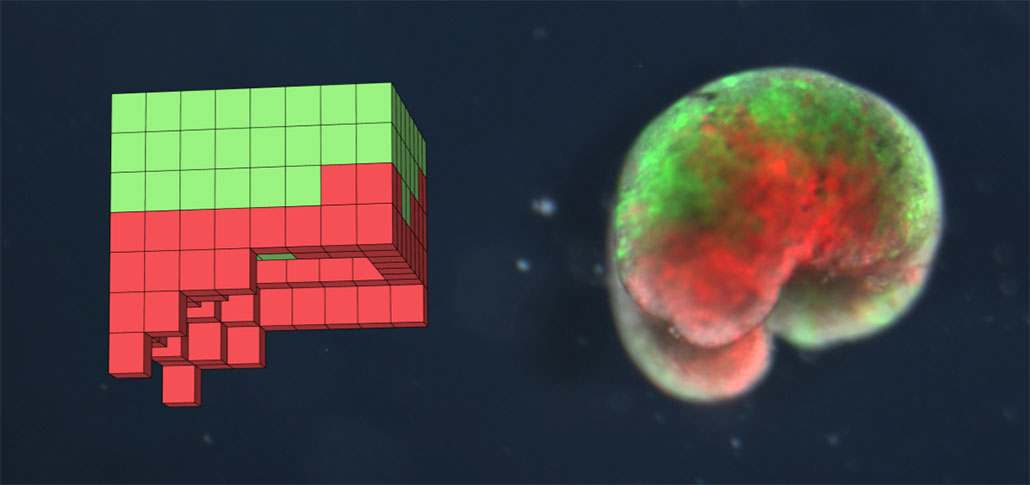
He had a lot of experience in studying ways to transform cells into new things. But the other scientists didn’t have living cells in mind for their new robots. They remained skeptical.
Blackiston remained undaunted.
His group started by collecting stem cells from frogs. These cells are like blank slates. They can develop into almost any type of cell in the body. In lab dishes, these cells grow together into tissue. Using tiny tools, the scientists sculpted these growing blobs into shapes and structures. They followed the plans produced by the computer program from the Vermont scientists. They also added cells that would grow into heart tissue. Once the heart cells began to beat on their own, the bot would have the ability to move.
After all the cells came together into a common structure, the scientists began testing it. As the AI had predicted, some of the designs could move on their own. They could even change direction. Others could push around a small object. Not every design worked, Blackiston says. Living cells can be finicky. But the successes were exciting. The experiment showed that it was possible to build robots with cells.
“We transformed the cells into something new that they weren’t before — the first robot built entirely out of cells,” Blackiston says. “From there, the idea just exploded.” In January 2020, they shared their results in the Proceedings of the National Academy of Sciences.
Since then, the group has refined its methods. In March 2021, they showed how to build entire swarms of xenobots. They also added in cells that grow tiny hairs, called cilia, that help the bots swim in a liquid. And in November, they reported results showing the xenobots could replicate. In the future, Blackiston says, his group wants to build bots out of other types of cells — including human ones, maybe.
“Once you have a great set of LEGOs to build with,” he says, “you can build a lot more.”

Bots in motion
At the University of Illinois, scientists are also thinking about motion, but working with a different type of building block. “I got very interested in designing walkers,” says Bashir. “Movement is such a basic function, and machines typically convert energy into motion.”
Years ago, Bashir’s group worked with his UIUC colleague Taher Saif to develop “biohybrid” robots. In 2012, they demonstrated robotic walkers driven by beating heart cells. Next, they 3-D printed walkers that used skeletal muscle (the type usually attached to bones).
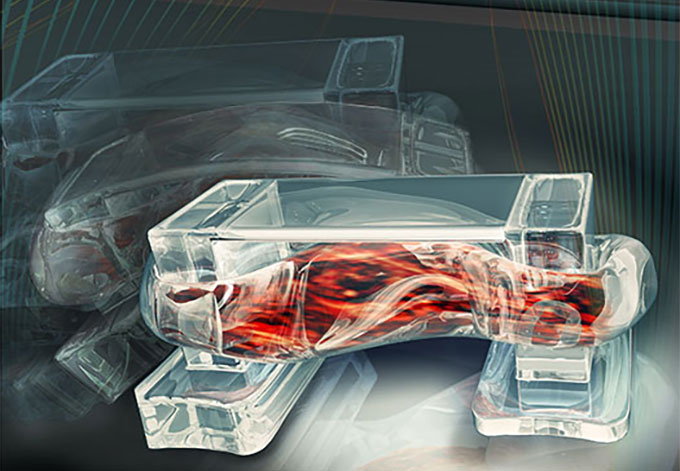
In 2014, Saif’s team built devices that could swim. They had synthetic parts made from a soft material called a silicone polymer. They were driven by power from beating heart cells that initially came from rats.
More recently, in 2019, Saif’s team teamed up with Gazzola at Illinois. He made computer models to find the best biohybrid robot design. This team built swimmers that were powered by muscle cells but controlled by cells called motor neurons. Both sets of cells were grown out of stem cells from mice. When the neurons detected light, they sent a signal to the muscle cells to contract. And that made the swimmer swim. The researchers shared their work in the Proceedings of the National Academy of Sciences.
Early last year, Bashir’s group and Gazzola introduced a new design for a biohybrid walker. Like previous bots, it was powered by muscle cells. Unlike earlier ones, this one could be steered.
“The first time you see this — we couldn’t stop watching the videos of this thing walking across a petri dish,” says Bashir. “Movement is such a basic manifestation of something living. They are living machines.”
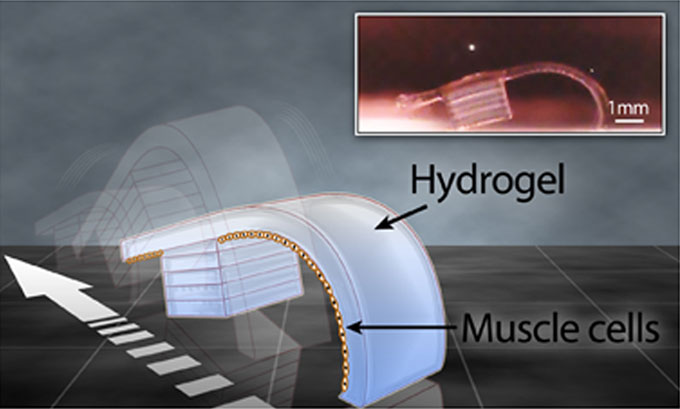
Raman, at MIT, also studies new ways to get bio bots to move. For an engineer like her, that means studying force. That’s an action, like a push or a pull, that makes something move. Her lab focuses right now on understanding not only how cells produce force, but also how much force and how a robot might use this force.
She’s also thinking about other ways these cells might behave. Bio bots might be programmed to change color if they sense a certain chemical, for instance. Or change shape. They might also be programmed to send out electrical signals for communication, she adds.
Says Raman, “There’s a whole range of output responses — beyond moving around — that a biological system can do.” The question now is: How can scientists build those in?
Living machines give scientists a way to ask basic questions about how living things move, she says. At the same time, Raman wants to use bio bots to create devices that can help people. “Half my lab is focused more on medical applications,” she says, “and half on robotics.”
A bio bot future
Engineers who develop bio bots face many challenges. One, Raman says, has to do with biology. Researchers don’t know all of nature’s rules for designing living things. Yet engineers are trying to build new machines based on those rules. “It’s like drawing the map as you’re using it to navigate,” Raman says. If engineers want to build better bio bots, they need to know more about life’s biological blueprints.
Another challenge, Raman says, is that researchers don’t yet know which cells and systems will be best for particular applications.
In some cases, the answer is fairly obvious. If engineers want machines that can function in the human body, for example, then they will likely want to use human cells. If they want to send living machines to the bottom of the ocean or into outer space, human (or even mammal) cells may not be very useful. “We don’t do very well there,” she says. “If we keep building with cells similar to ours, then they won’t do well there, either.”
Other situations aren’t so clear-cut. To find the best pollution cleaners, for example, scientists will have to test different bots to see how well they swim, survive and thrive in toxic environments.
Bashir, at Illinois, highlights another complication. Because they’re made of living cells, these machines raise questions about what it means to be an organism. “They appear like a living entity, even though they do not represent life,” he says. The machines can’t learn or adapt — yet — and they can’t reproduce. When the xenobots run out of food that’s stored in the cells, they die and decompose.
But future bio bots might be able to learn and adapt. And as AI becomes more powerful, computers might design new organisms that appear truly lifelike. Tomorrow’s programs, says Blackiston, could speed up evolution. “Should a computer be able to design life?” he asks. “And what would it come up with?” People also need to ask: “Are we comfortable with that? Do we want Google designing life forms?”
Conversations about what people should and shouldn’t do will be an important part of future research, says Bashir.
Making rules about which cells to use and what to do with them will be critical to creating beneficial devices. “Is it living? And is it life?” he asks. “We have to really think about that, and we have to be careful.”
[ad_2]
Source link


